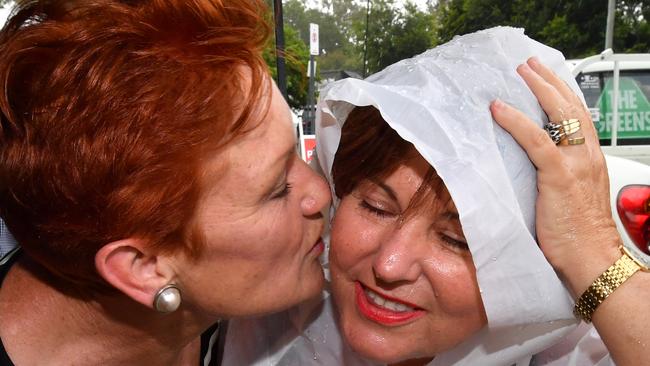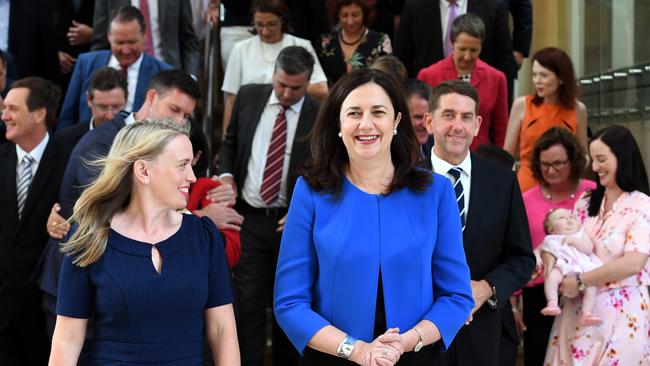Queensland election 2017: Labor and LNP avoided big issues in campaign
IT’S rare that leaders make the difference to an election outcome, but if you don’t run hard on issues, personality is all voters have to judge you by, writes Graham Young.
QLD Election
Don't miss out on the headlines from QLD Election. Followed categories will be added to My News.
THERE are always more types of election campaigns available than it is possible to run. For starters there are negative and positive campaigns and almost endless variations on those.
There is the small target strategy, looking fetching on both the arm of the negative campaign (say John Howard in 1996), or the positive campaign (Kevin Rudd 2007). And there is the large target campaign – like Donald Trump’s impossibly large target strategy, or John Hewson’s impossibly honest GST (and sometimes it even works).
At times campaigns address real issues facing electors, and at other times they are genteel conversations about things that don’t matter much at all: as everyone ignores the bear in the corner.
The Queensland election was pretty much in the last category. There was a little negative campaigning, but compared to what we’ve seen in previous campaigns, this was mild.
I suspect that both sides feared negative campaigning would rouse the One Nation beast, which would gobble their campaigns up.
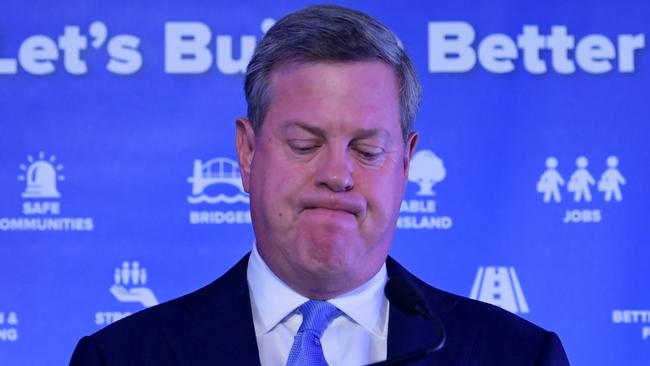
The LNP were upbeat in their advertising, until they hit on electricity prices in the last week. Labor ran negative from the beginning, equating Nicholls alternately with Campbell Newman or Pauline Hanson, but the soundtrack was subdued.
By and large, neither side addressed a multiplicity of issues that might have made a difference to the state, apart from Adani. And I’m pretty sure Adani was not meant to be part of the conversation but the Greens insisted, probably picking up a seat as a result and creating mayhem for the majors in a slew of others.
Reading the entrails of our exit poll, not a lot changed between the beginning and the end of the campaign, except for a sharp decline in the standing of Tim Nicholls.
As this was all that changed, it must have been the determining factor.
Nicholls started the campaign in touch with Palaszczuk. Her approval rating was -15 per cent in our first poll and his was -27 per cent.
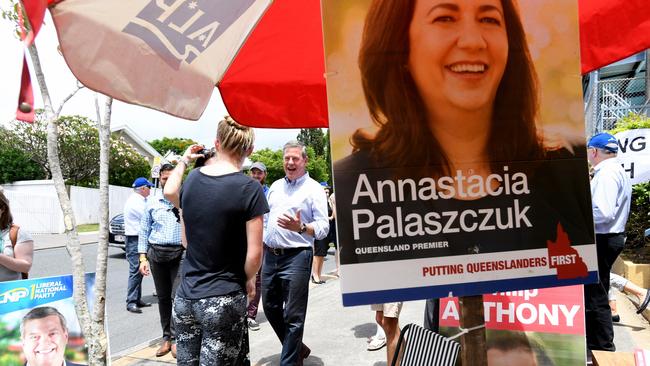
In our second poll she had improved marginally to -9 per cent, but he had declined to -41 per cent. (For comparison, Donald Trump currently has a -19 per cent approval rating on the same basis, according to Gallup).
This was mostly a result of a change in the attitude of LNP voters with a 17 percentage point drop in Nicholls’ approval rating from 57 per cent to 40 per cent, and an almost equal increase in his disapproval rating from 12 per cent to 28 per cent.
There was also a significant decrease in approval among One Nation voters. While the impact on preferred premier status was nowhere near as great, it still meant that Labor’s negative campaign had worked.
The weakness in the public perception of Tim Nicholls meant that while Adani should have wedged both him and Labor, it only seemed to wedge him.
Both sides supported Adani, but Palaszczuk’s decision to veto the federal loan somehow let her off the hook with city voters, while keeping her sweet enough with regional ones.
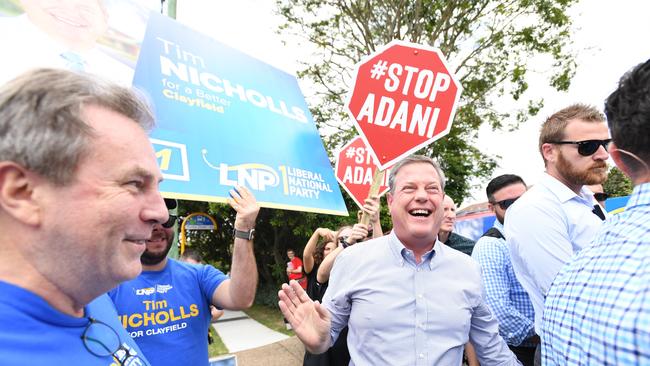
Perhaps if Nicholls had talked to voters about some of the other issues they were interested in, he could have done better. Or if Palaszczuk had, she might already have declared victory.
These issues were jobs, renewable energy and power prices, debt, infrastructure, size and cost of the public service, and unions. The answers, however, are complex, with voters split on what those answers are. So, jobs can be a product of new mines or hiring “front line public servants”. Electors love renewable energy, at the same time that they hate high power prices, but don’t understand the two are linked.
Infrastructure requires capital, but both sides had sworn-off privatisation, and they had the same problem with debt. So repayments had to be incremental and in the indeterminate future.
Then there are unions the public doesn’t like, such as the CFMEU, but picking a fight with unions might have brought all of them out, and some of them are very cuddly, particularly those to do with health and education.
In the end, the only other issue that appears to have made an impact across a broad range of electorates was the possible relationship of a minority government with One Nation.
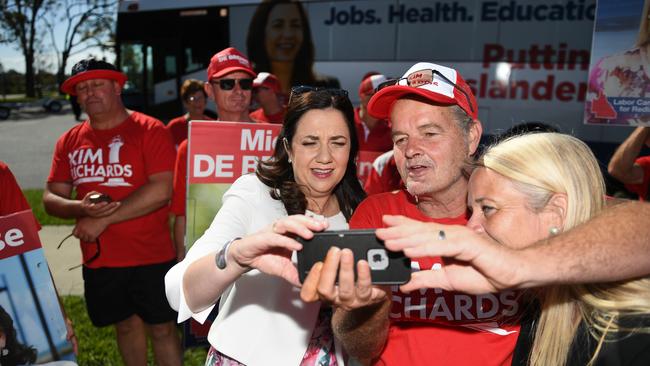
Our research suggests this didn’t change many votes at all, but it certainly lit up the Greens and Labor bases. Because of his poor standing it was more a problem for Nicholls than Palaszczuk. Many believed her promise she would go into opposition rather than do a deal, compared to his undertaking to work with whatever he might be given.
Newman became less of a factor as the election progressed. At the beginning he had 152 mentions out of 341 responses. By the end it was 75 out of 261. But Nicholls couldn’t make up the difference.
It’s rare that leaders make the difference, but if you don’t run hard on issues, personality is all voters have to judge you by.
Graham Young is executive director of the Australian Institute for Progress, a Queensland-based think tank and a former vice president and campaign chairman of the Liberal Party in Queensland.
Originally published as Queensland election 2017: Labor and LNP avoided big issues in campaign

